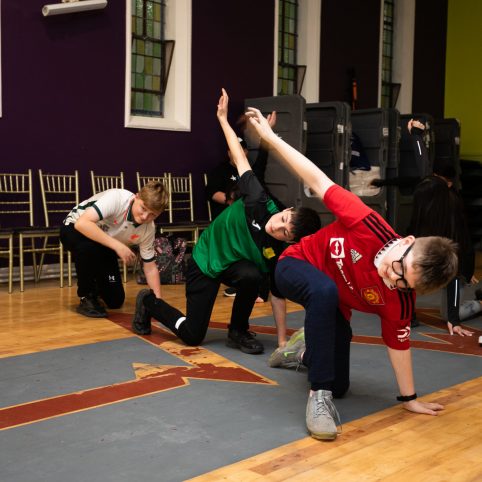Exercise is very good for everyone, including children with bleeding disorders. Staying fit and building and maintaining muscle strength will improve a child’s quality of life. Keeping fit also means that bleeds are less likely to occur.
What is Physical activity?
Physical activity is any body movement produced by muscles that requires using energy. It is an important means of improving physical and mental health and can reduce the risk of many diseases. Physical activity can improve a child’s concentration in school.
Choosing the right activity or sport
The most important factor in choosing a sport is the child’s love for the activity.
Not all sports present the same risk of bleeding. Swimming is considered an ideal by haemophilia doctors. It is very safe and contributes to excellent physical fitness. Playing in warm water allows the exercise of all joints and muscle groups in the body without gravity.
Bicycling is also an excellent activity to develop physical fitness.
It should be noted that heavy contact sports are generally not recommended for people with a bleeding disorder, such as rugby and boxing.
The suitability for participation in contact sports such as football will depend on a number of factors:
- the child’s age (sports become rougher as children get bigger)
- the level of competition (high-level competition involves greater risk)
- the degree of severity of haemophilia
- the prophylactic therapy prescribed
- the condition of the child’s joints.
Children and parents should discuss the choice of sports with the physical therapist at the haemophilia treatment centre. Proper precautions—the right equipment, adequate supervision, warm-ups—are especially important.
If it is found that a particular sport causes bleeds, it may be necessary to change to another sport or adjust the prophylactic treatment before taking part.
Read our Sports & Exercise booklet for more information.
